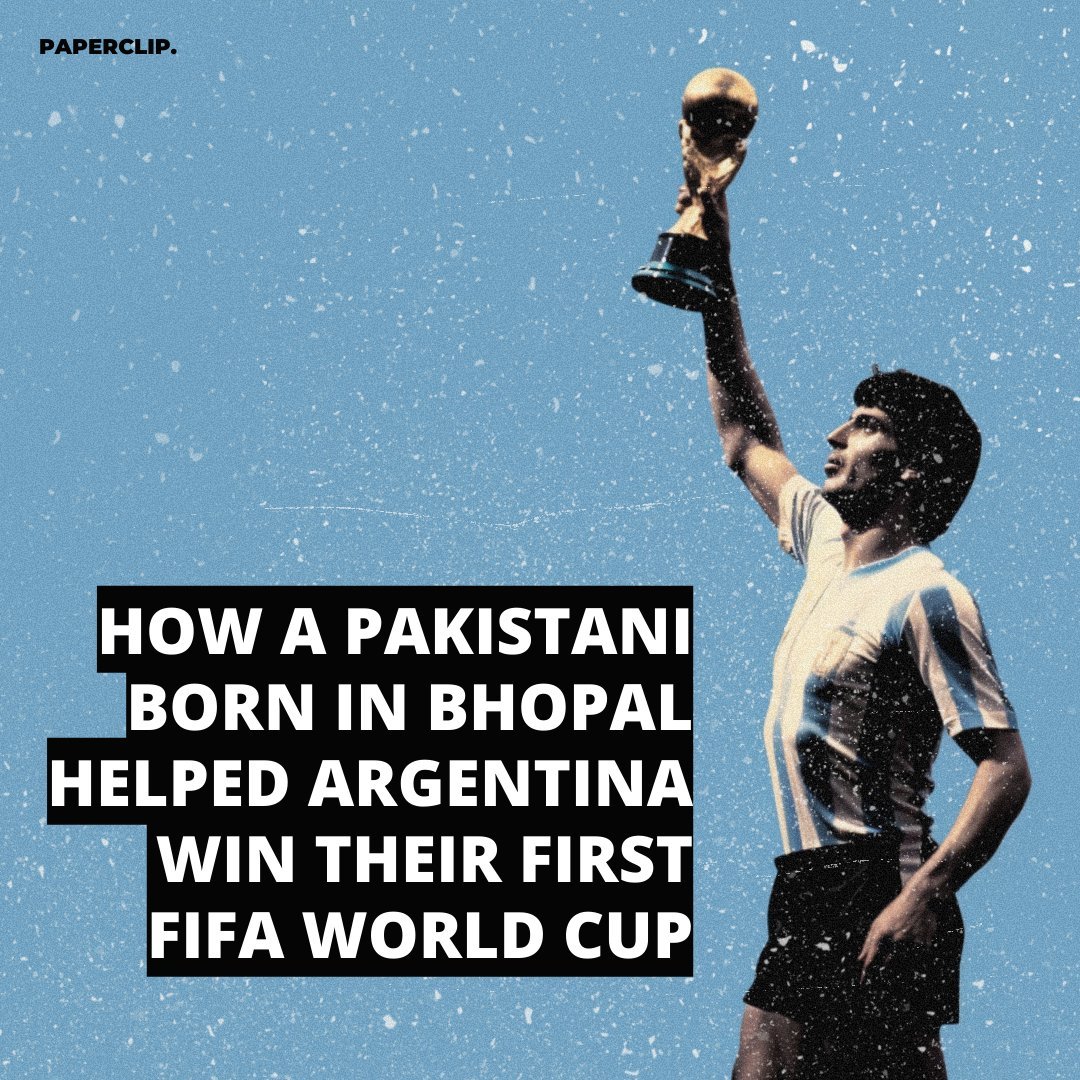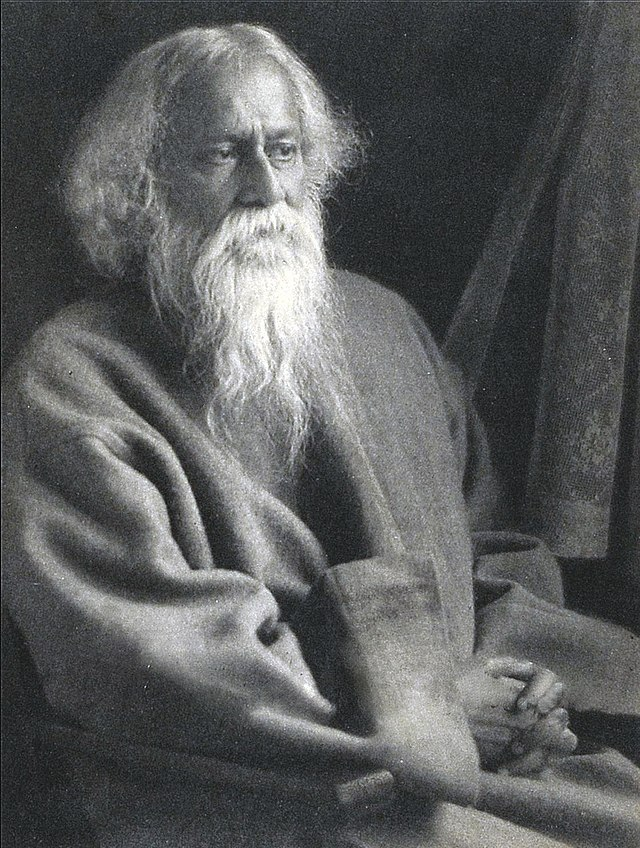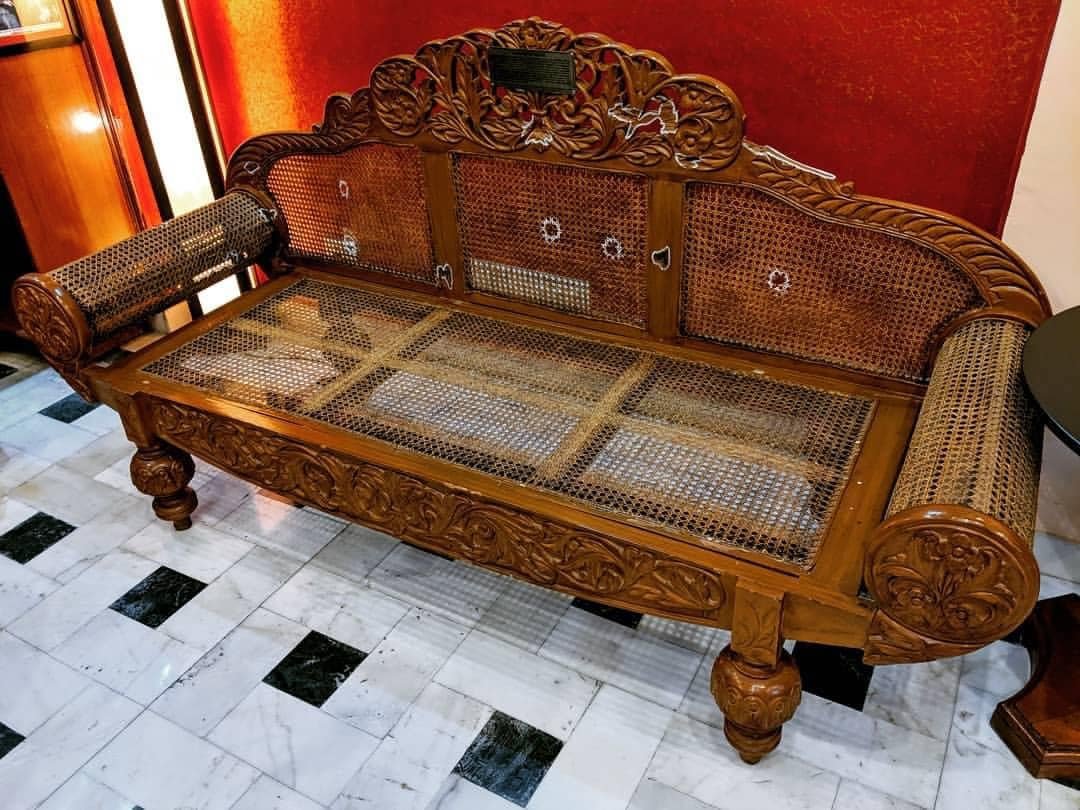When a food vendor asked for some sauce and curry powder from English Soldiers in Post-war Berlin, culinary magic happened. Here is a thread about a German icon you might not be familiar with. #travellingsOftheIndianCurry 1/n 

On a scale of 1 to 10 Berlin Street food must be somewhere at the very top, its various nooks and corners are teeming with joints and cafés serving all kinds of food from the doner kebab to the Japanese vegan waffle. 2/n 

The item, however, which can be considered at the center of Berlin’s gastronomic pleasure is something called the Currywurst. 3/n 

The magic happens when a grilled sausage is cut into pieces and mixed with curry powder, tomato paste, and other spices and is accompanied by some French fries to form the perfect comfort food. 4/n
The story of the curry powder is an ingenuity of the colonial era and though most Indians would most likely denounce its usage preferring to work with original spices, the powder’s global patronage cannot be denied. 5/n 

In 1949, Berlin was a divided city. Filled with construction workers, migrants from other cities and towns, and foreign soldiers, the city was struggling to get back to its feet. 6/n 

In the midst of this, a young food vendor, Herta Heuwer from West Berlin, in her bid to add some innovative flavour to her bland fried sausages, traded alcohol with someone from the British sector, for some curry powder. 7/n 

Heuwer started selling the curry powdered sausages to the construction workers in the borough of Charlottenburg where it first became popular. It was filling, cheap, and easy to get and soon everyone wanted to taste it. 8/n
Heuwer patented the sauce under the name Chillup. At its height, her shop sold more than ten thousand packs of currywurst every week. Over the years, the snack’s origin has been disputed. 9/n
In Uwe Timm’s novel, The Invention of Curried Sausage, a woman called Lena Brücker is said to have perfected the Currywurst sauce a couple of years before Heuwer did hers. 10/n
The city of Hamburg has also laid claim to the famed snack, saying the ketchup which is integral to the dish landed first in the Ruhr region with the American GIs. 11/n
Whatever may be its origin, there is no denying that the snack is a German icon with its own dedicated museum – the Deutsches Currywurst Museum, including a song by German Musician Herbert Grönemeyer. 12/n 

Around 800 million sausages are consumed every year in Germany. The snack’s growth and popularity reflect the German people's mentality to move beyond the past and embrace something new and make it their own. Make sure to have one when you are in Berlin. 13/n 

Sources: iamexpat.de/lifestyle/life…, reuters.com/article/us-ger…, nytimes.com, alchetron.com/Herta-Heuwer
• • •
Missing some Tweet in this thread? You can try to
force a refresh













